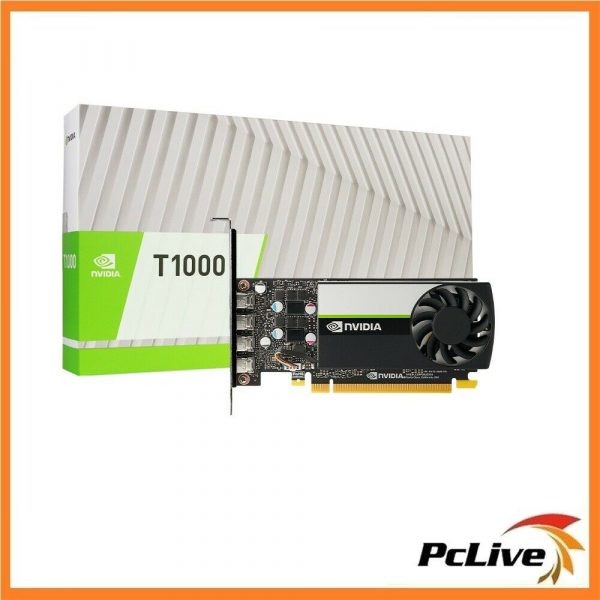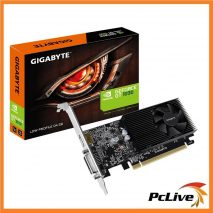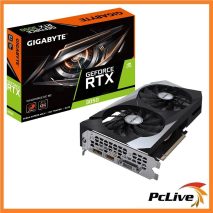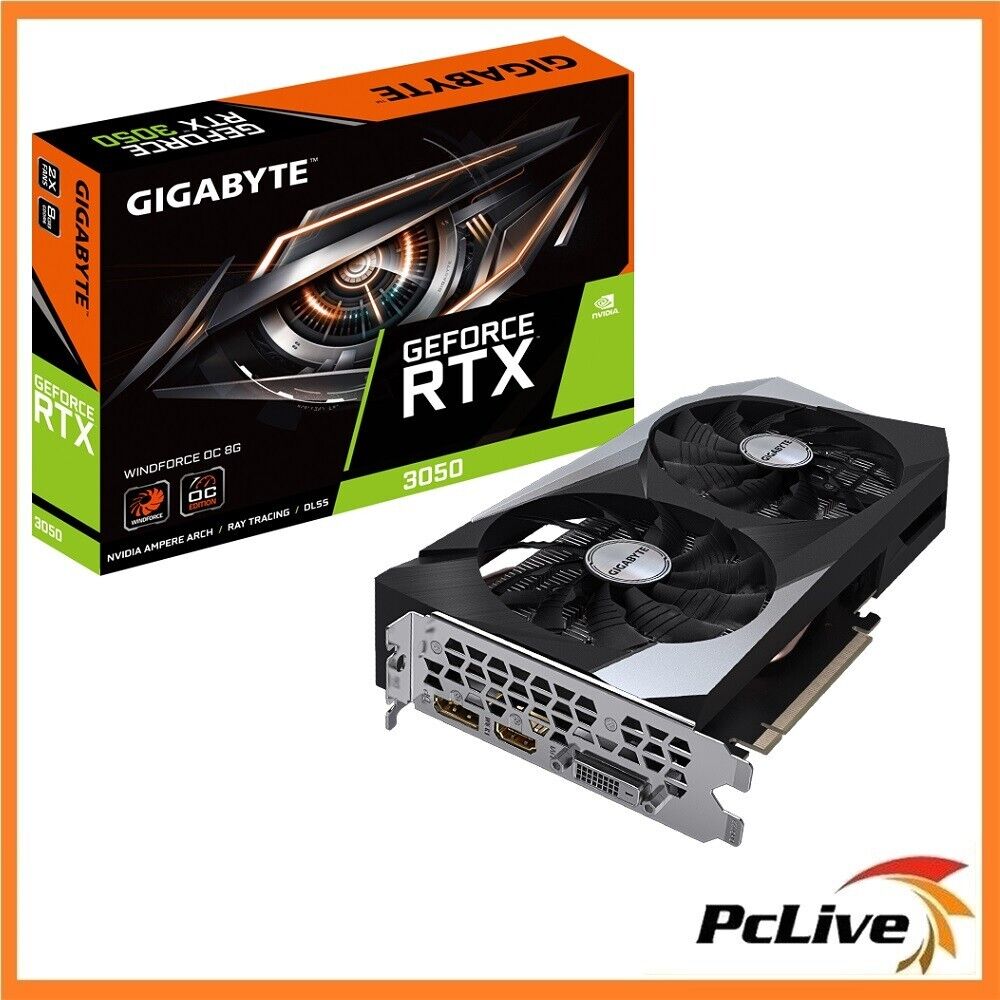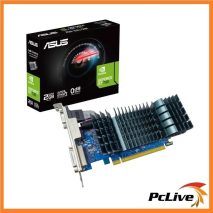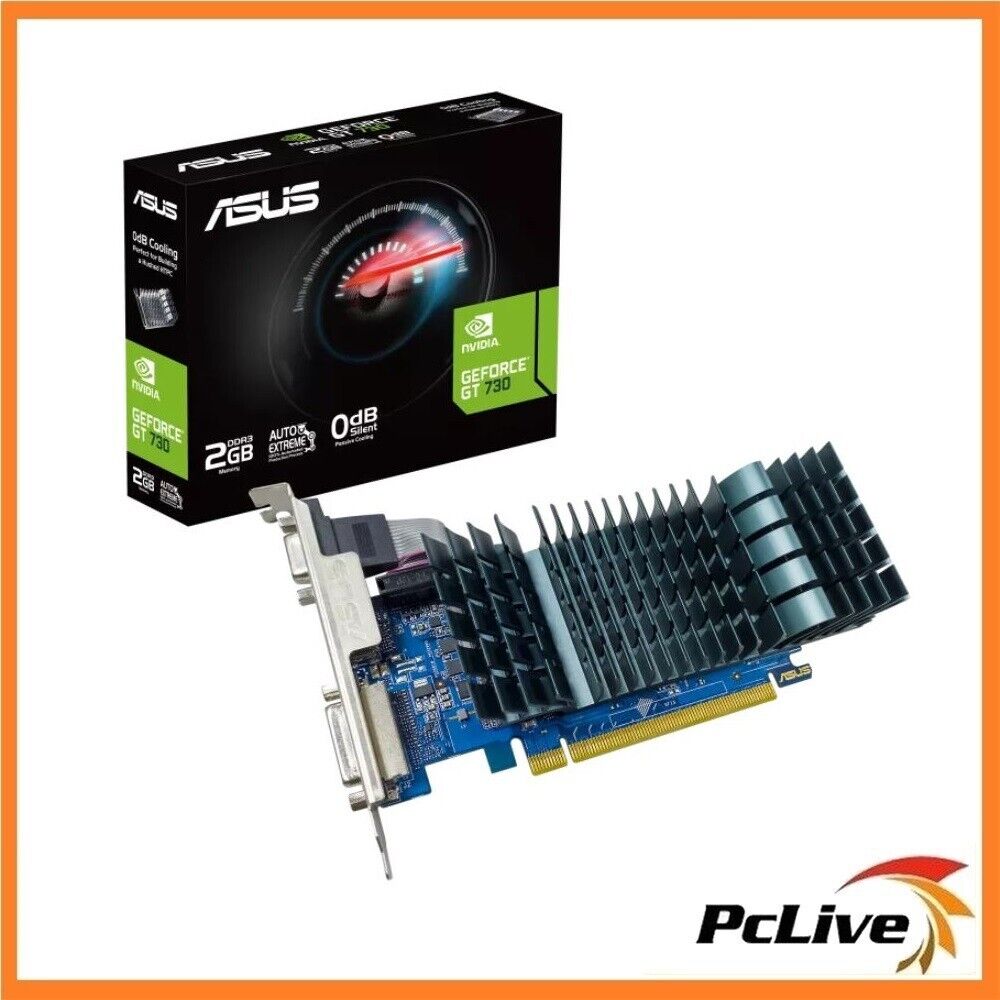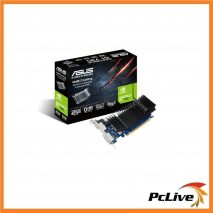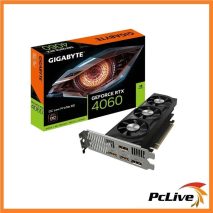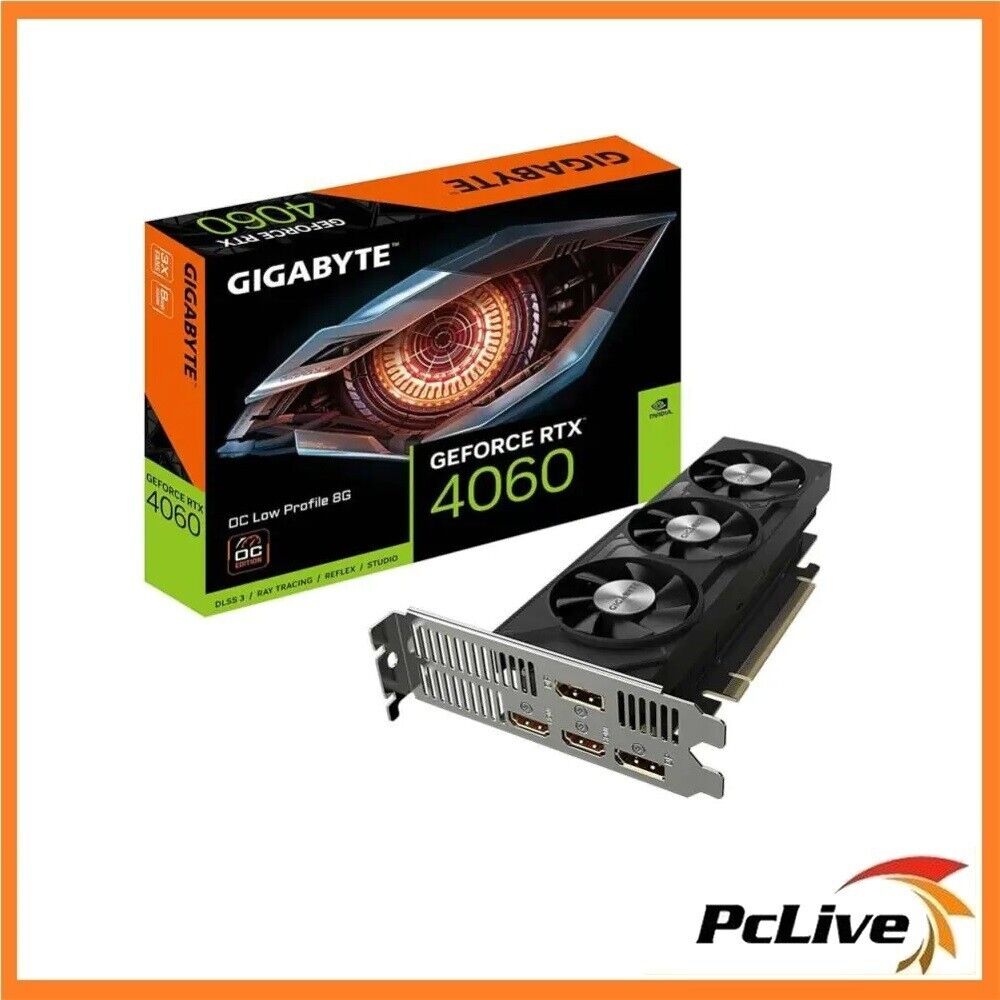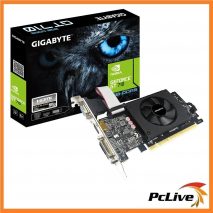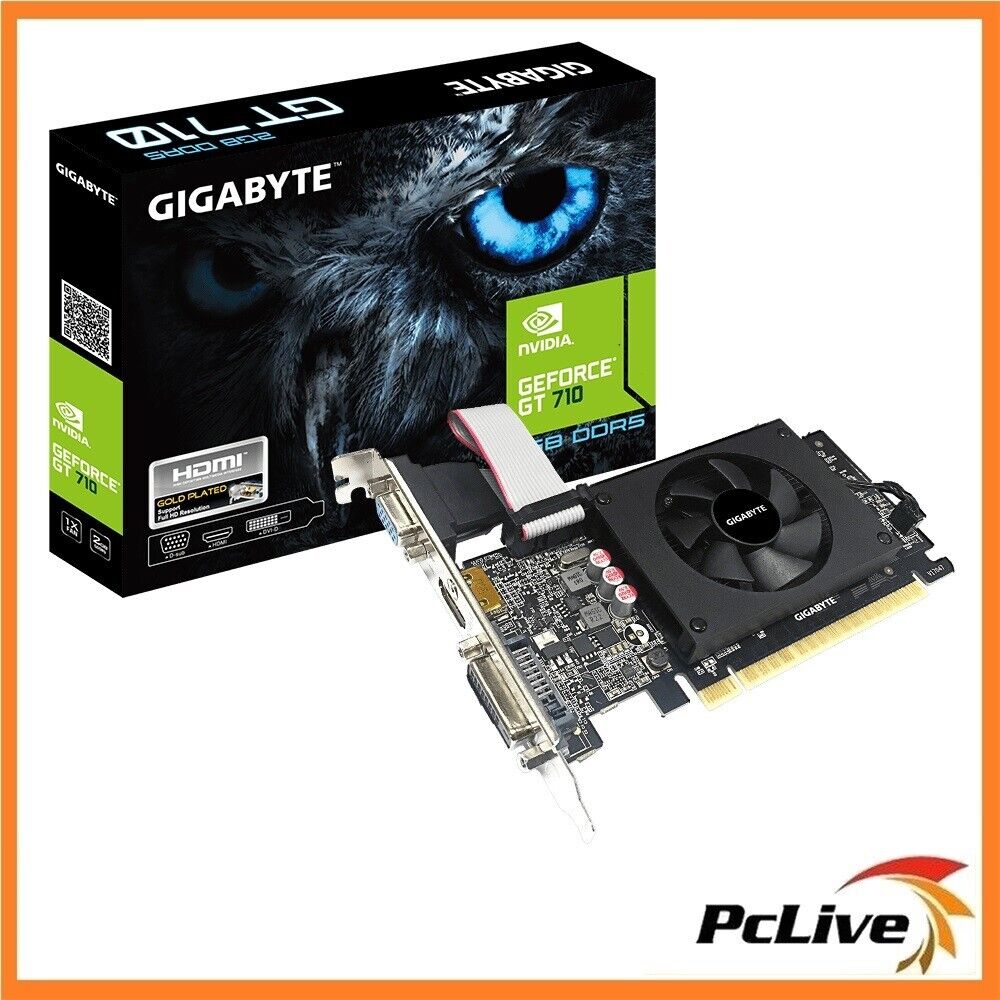Description
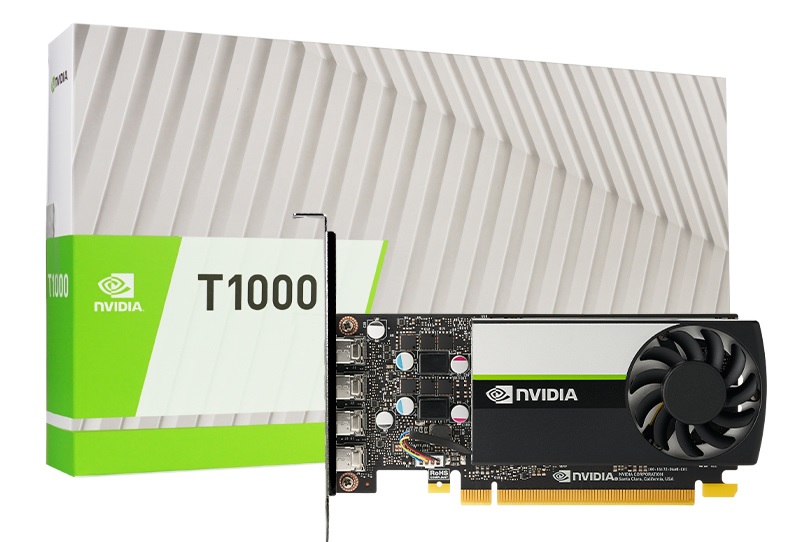
- NVIDIA Turing GPU architecture
- 896 NVIDIA® CUDA® Cores
- 8GB GDDR6 Memory
- Up to 160GB/s Memory Bandwidth
- Max. Power Consumption: 50W
- Graphics Bus: PCI-E 3.0 x16
- Thermal Solution: Active
- Display Connectors: mDP 1.4 (4)
Full-Size Features. Compact Design.
NVIDIA GPUs power the world’s most advanced desktop workstations, providing the visual computing power required by millions of professionals as part of their daily workflow. All phases of the professional workflow, from creating, editing, and viewing 2D and 3D models and video, to working with multiple applications across several displays, benefit from the power that only a discreet GPU solution can provide. NVIDIA entry level professional GPUs provide advanced features and performance far beyond what is available with integrated GPU solutions – all in a low-profile package, enabling deployment in a wide range of small form factor workstations. Step up to the power of an NVIDIA discreet professional GPU.
As part of the NVIDIA RTX family of professional GPUs, the NVIDIA T1000 | T1000 8GB; NVIDIA T1000 series GPUs provide the performance, features, reliability, and support that enterprise customers expect from NVIDIA professional visual computing solutions.
Performance Features
Turing GPU Architecture
Based on state-of-the-art 12nm FFN (FinFET NVIDIA) high-performance manufacturing process customized for NVIDIA to incorporate 896 CUDA cores, the NVIDIA T1000 series GPU are the most powerful Single Slot professional solution for CAD, DCC, financial service industry (FSI) and visualization professionals in general looking to reach excellence performance in a compact and efficient form factor. The Turing GPU architecture enables the biggest leap in computer real-time graphics rendering since NVIDIA’s invention of programmable shaders in 2001.
Advanced Shading Technologies
The Turing GPU architecture features the following new advanced shader technologies.
Mesh Shading: Compute-based geometry pipeline to speed geometry processing and culling on geometrically complex models and scenes. Mesh shading provides up to 2x performance improvement on geometry-bound workloads.
Variable Rate Shading (VRS): Gain rendering efficiency by varying the shading rate based on scene content, direction of gaze, and motion. Variable rate shading provides similar image quality with 50% reduction in shaded pixels.
Texture Space Shading: Object/texture space shading to improve the performance of pixel shader-heavy workloads such as depth-of-field and motion blur. Texture space shading provides greater throughput with increased fidelity by reusing pre-shaded texels for pixel-shader heavy VR workloads.
Advanced Streaming Multiprocessor (SM) Architecture
Combined shared memory and L1 cache improve performance significantly, while simplifying programing and reducing the tuning required to attain best application performance. Each SM contains 96 KB of L1 shared memory, which can be configured for various capabilities depending on compute or graphics workload. For compute cases, up to 64KB can be allocated to the L1 cache or shared memory, while graphics workload can allocate up to 48 KB for shared memory; 32 KB for L1 and 16KB for texture units. Combining the L1 data cache with the shared memory reduces latency and provide higher bandwidth.
Higher Speed GDDR6 Memory
Built with Turing’s vastly optimized GDDR6 memory subsystem for the industry’s fastest graphics NVIDIA T1000 series GPUs features 4GB or 8GB of frame buffer capacity and 160 GB/s of peak bandwidth resulting in double the throughput from previous generation. NVIDIA T1000 GPUs are the ideal platform for 3D professionals moving up to larger data sets, models, and video editing workflows.
Single Instruction, Multiple Thread (SIMT)
New independent thread scheduling capability enables finer-grain synchronization and cooperation between parallel threads by sharing resources among small jobs.
Mixed-Precision Computing
Double the throughput and reduce storage requirements with 16-bit floating point precision computing to enable the training and deployment of larger neural networks. With independent parallel integer and floating-point data paths, the Turing SM is also much more efficient on workloads with a mix of computation and addressing calculations.
Graphics Preemption
Pixel-level preemption provides more granular control to better support time-sensitive tasks such as VR motion tracking.
Compute Preemption
Preemption at the instruction-level provides finer grain control over compute tasks to prevent long-running applications from either monopolizing system resources or timing out.
H.264 and HEVC Encode/Decode Enginesi
Deliver faster than real-time performance for transcoding, video editing, and other encoding applications with two dedicated H.264 and HEVC encode engines and a dedicated decode engine that are independent of 3D/compute pipeline.
NVIDIA GPU BOOST 4.0
Automatically maximize application performance without exceeding the power and thermal envelope of the card. Allows applications to stay within the boost clock state longer under higher temperature threshold before dropping to a secondary temperature setting base clock.
| GPU Architecture | NVIDIA Turing Architecture |
| CUDA Parallel Processing cores | 896 |
| Single-Precision Performance | 2.5 TFLOPS |
| Frame Buffer Memory | 8 GB GDDR6 |
| Memory Interface | 128-bit |
| Memory Bandwidth | Up to 160 GB/s |
| Max Power Consumption | 50W |
| Graphics Bus | PCI Express 3.0 x16 |
| Display Connectors | mDP 1.4 (4) |
| Form Factor | 2.713 inches H x 6.137 inches L Single Slot |
| Product Weight | 132.6g |
| Thermal Solution | Active |

